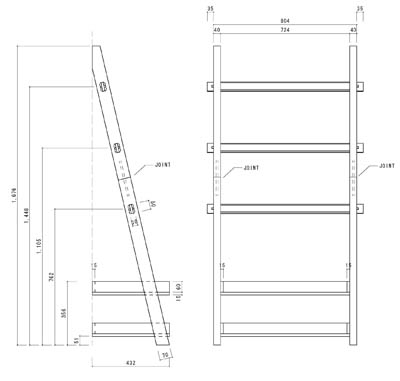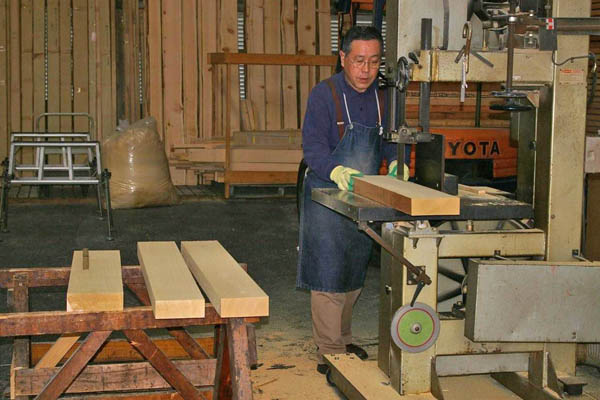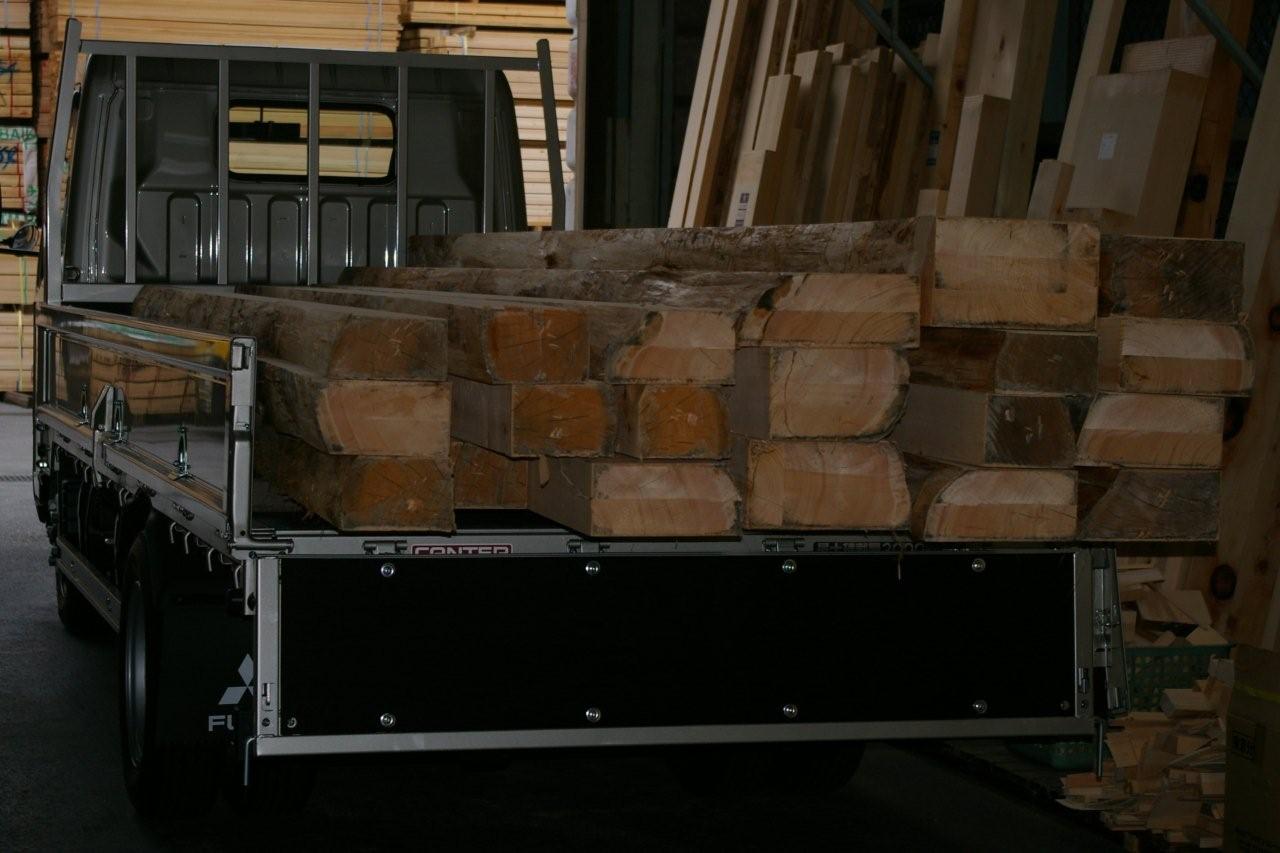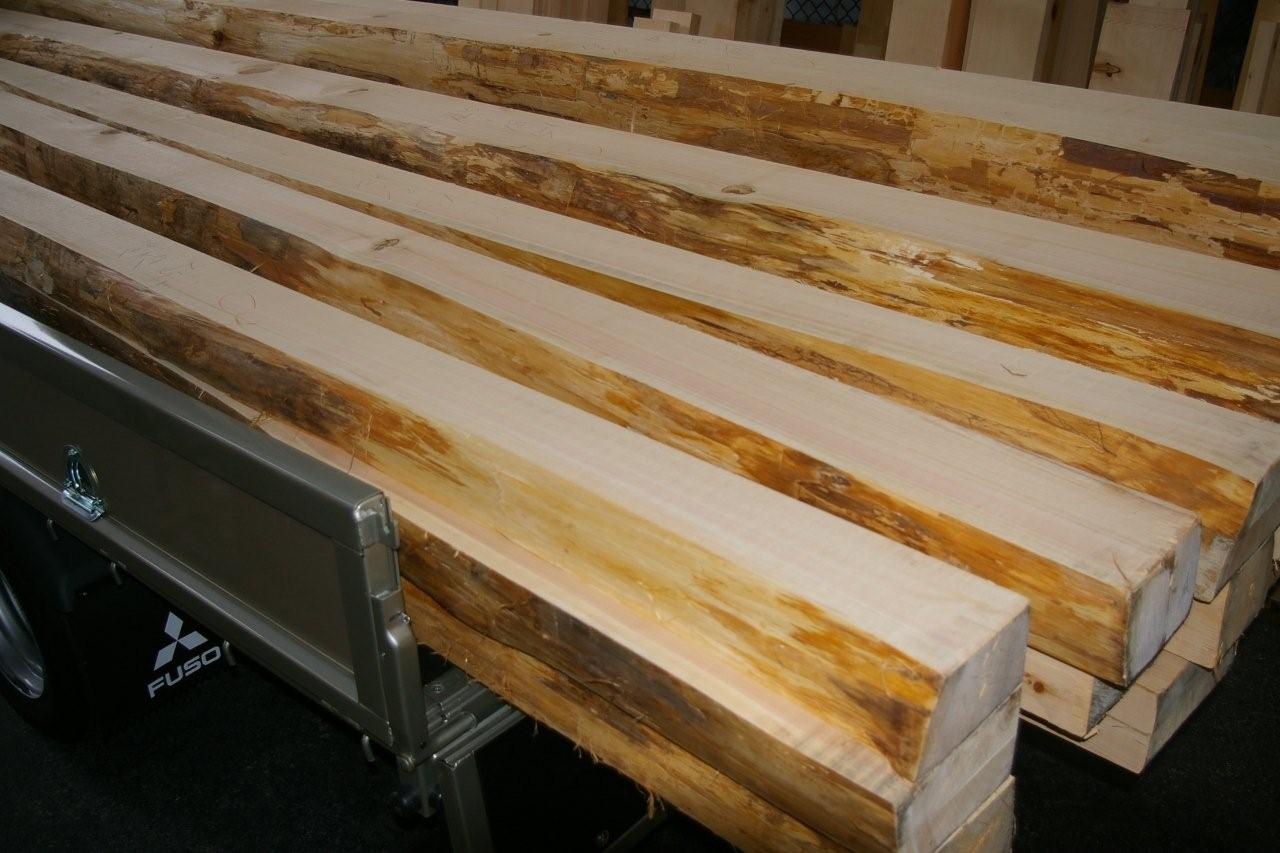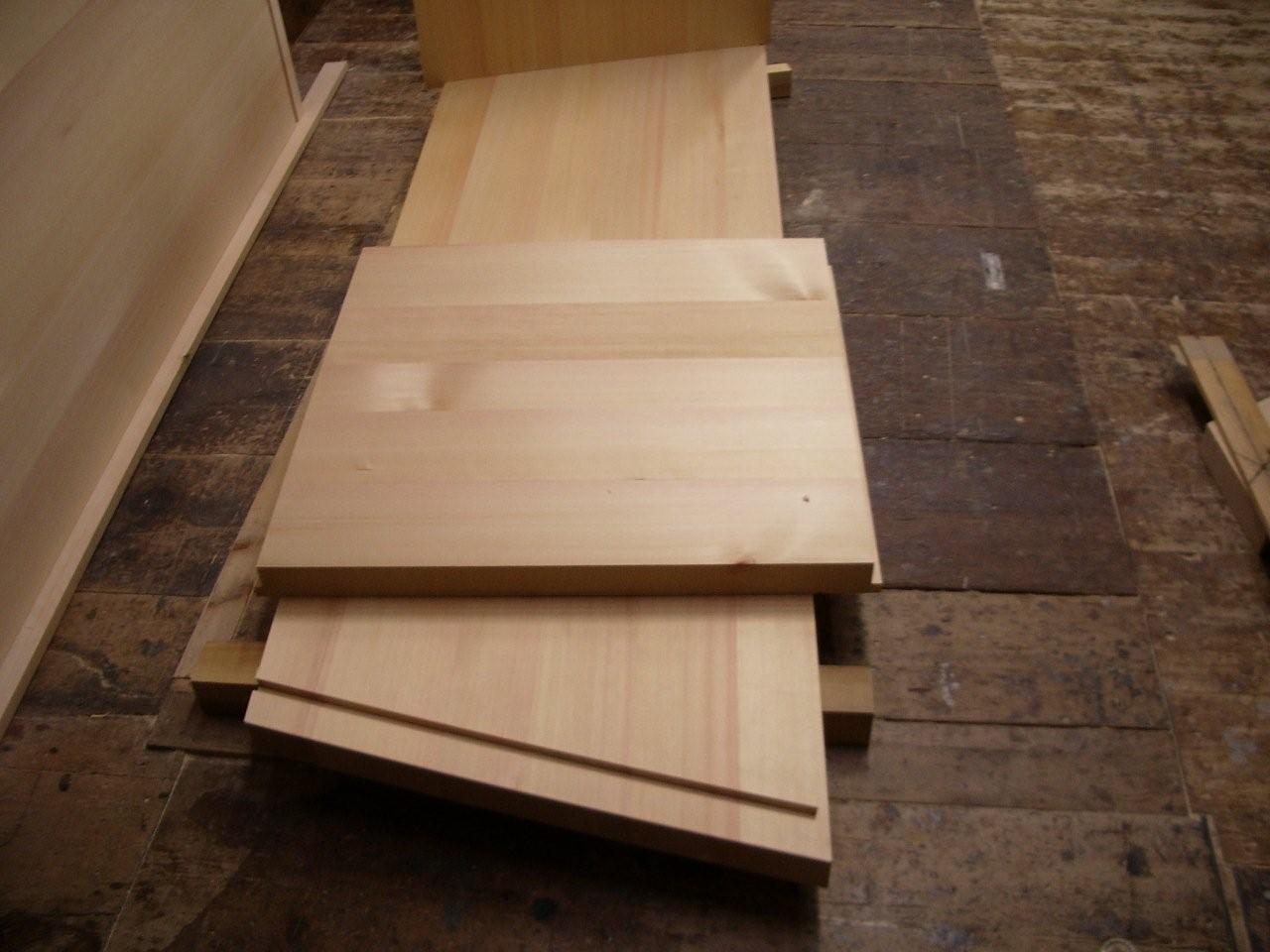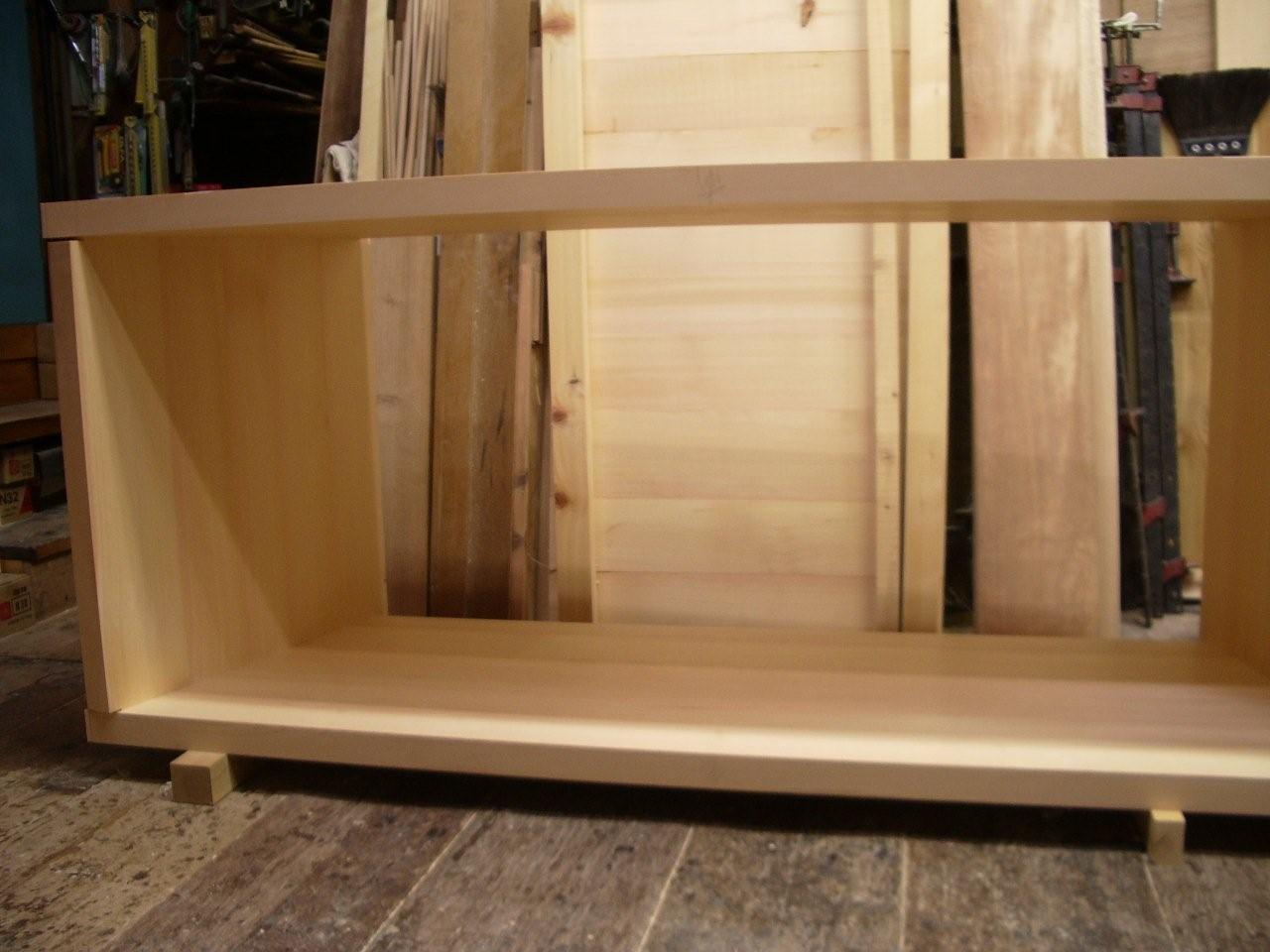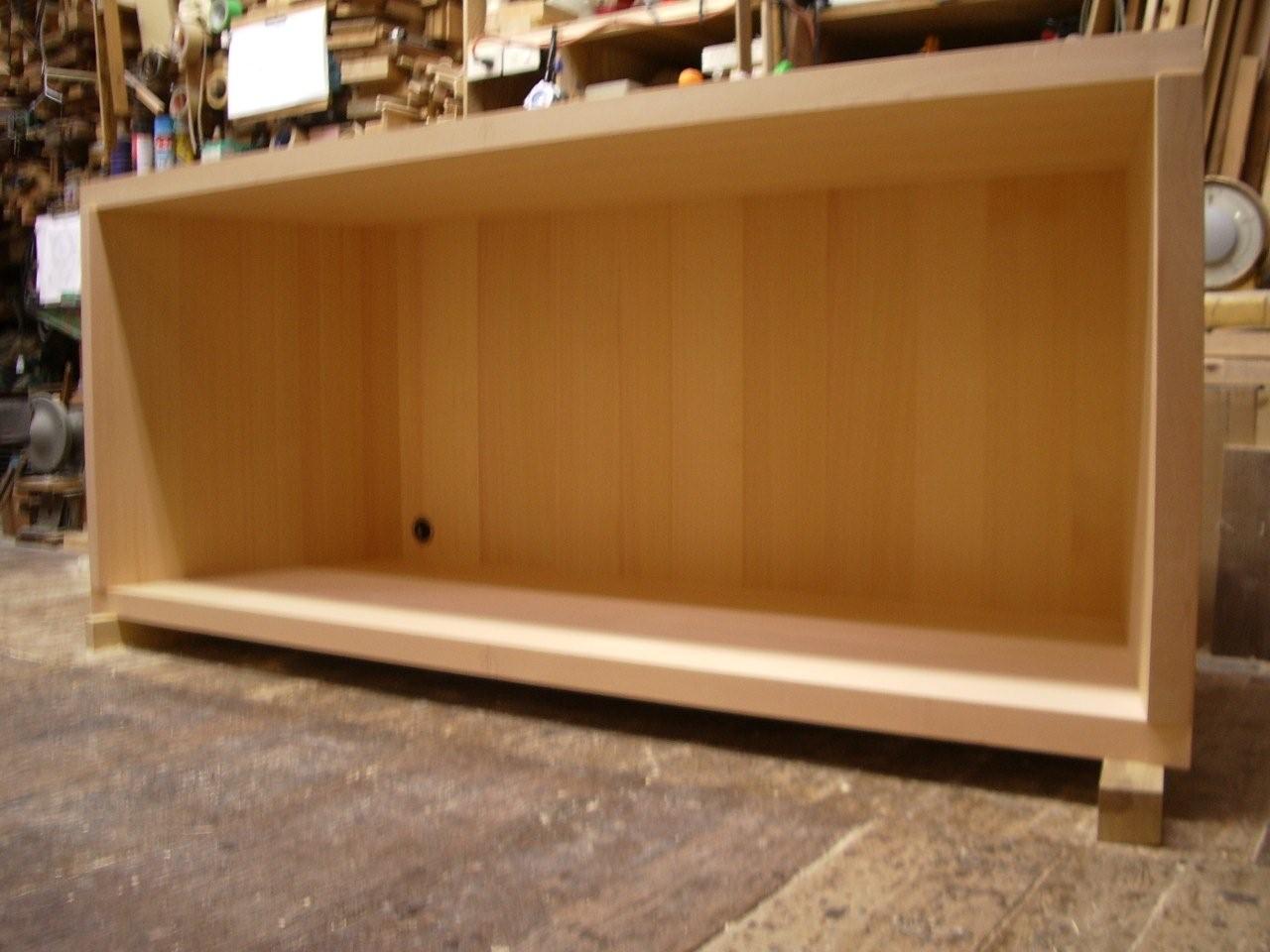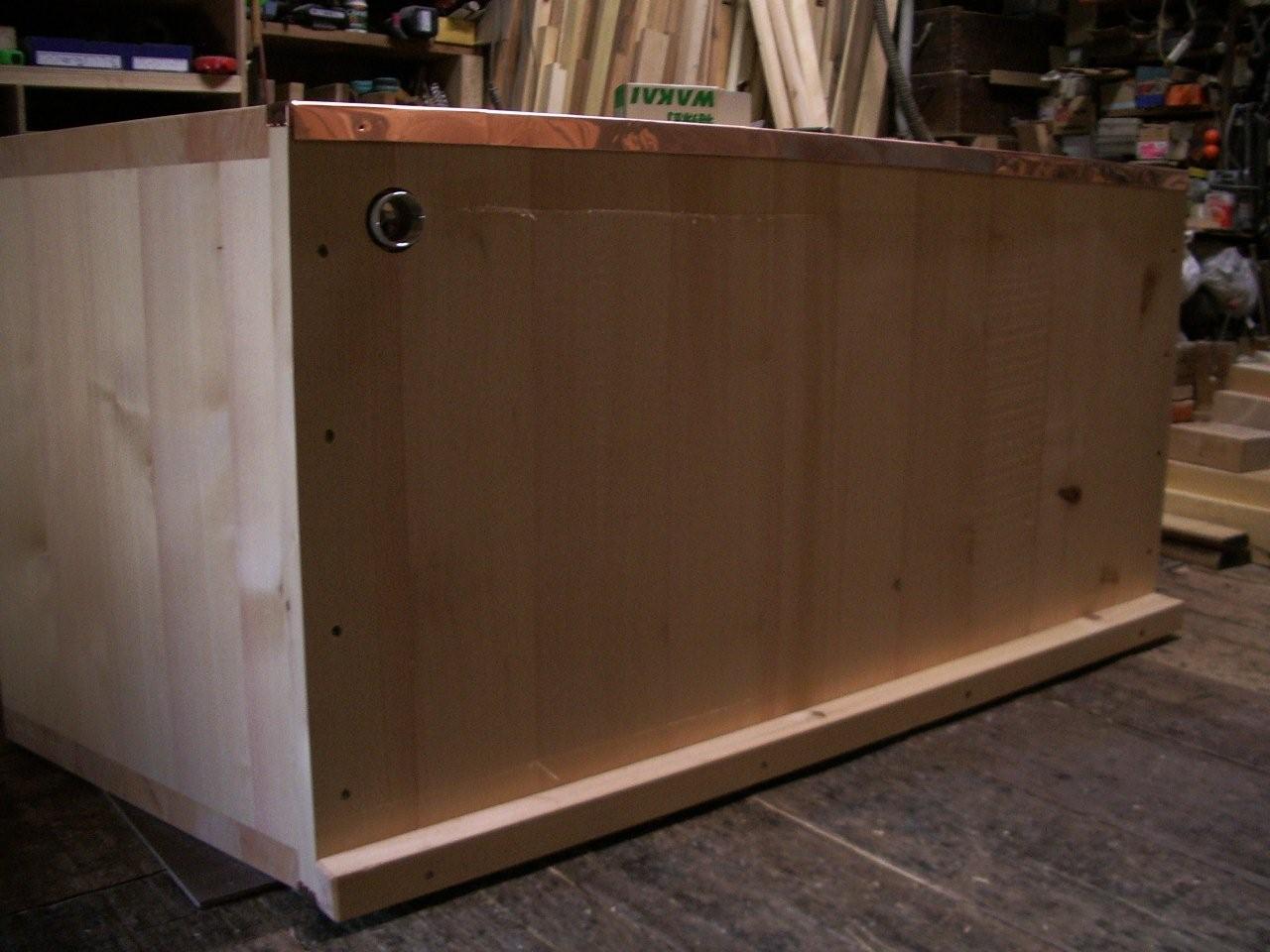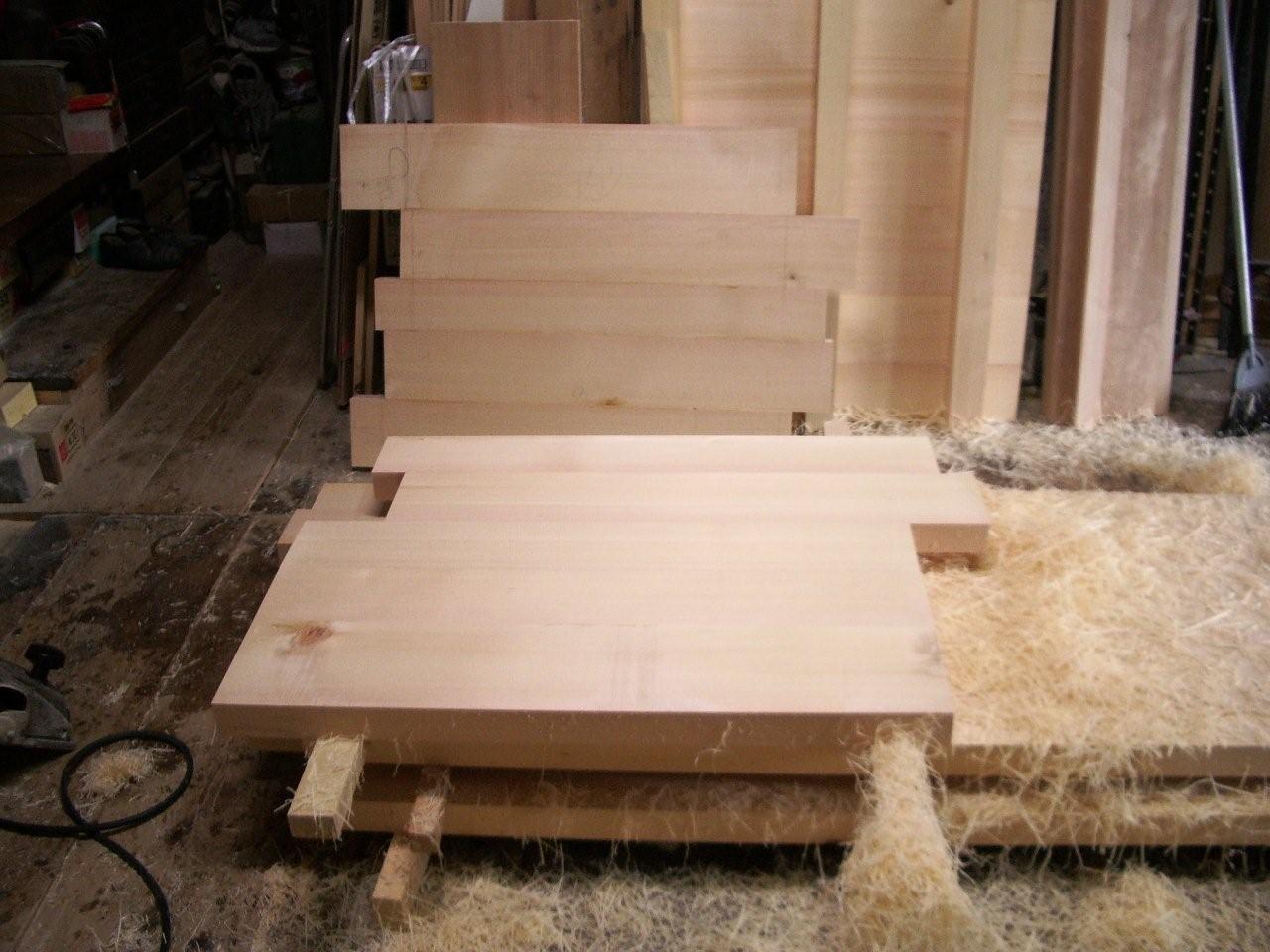More and more often, we receive additional requests from previous customers.
Apparently japanese natural items are addictive and once people open their eyes to this new reality, they decided they want to be surrounded by a complete japanese style interior.
Of course we can produce shoji and solid doors. We can build custom furniture, supply planks for wall application (wainscoting) or floor finish.
Additionally, we know dozens of craftsmen with whom we work together on a daily bases on construction projects. For this reason, we can supply tatami-mats, fabrics, gutters, and even lighting fixtures. If you are looking for some japanese products feel free to ask us.
If we can supply what you are looking for, we will prepare a quotation. Our sales margin ranges from 15% to 20% but as it is applied on wholesale prices from trusted suppliers, so you will find the prices very reasonable.

Here above is a large shipment we coordinated for a client in Italy.
It includes custom sized tatami mats, futon, shoji doors with their rails and a beutiful rainchain in copper.


